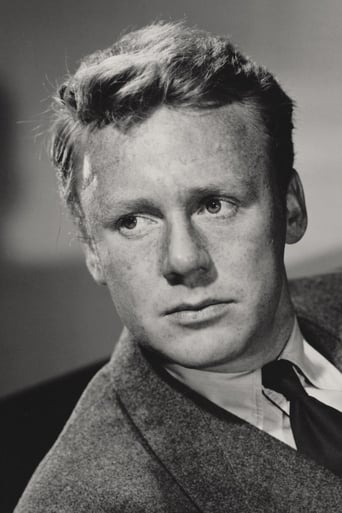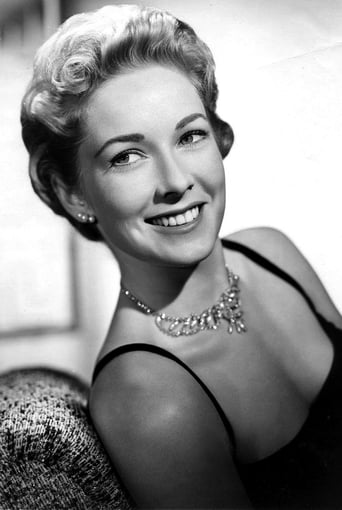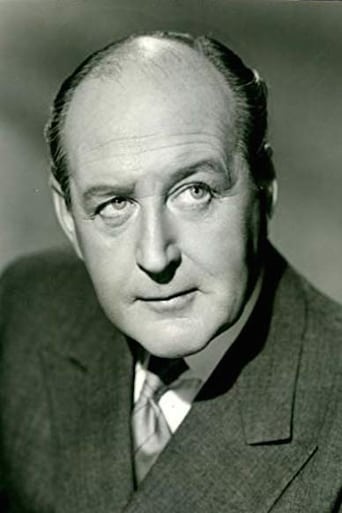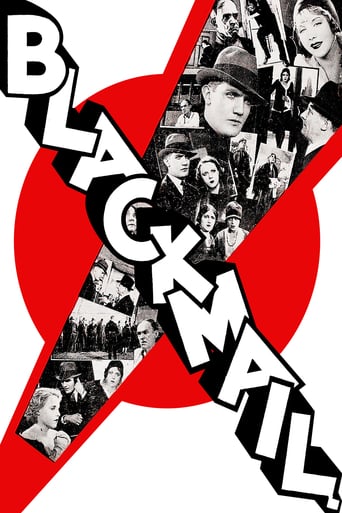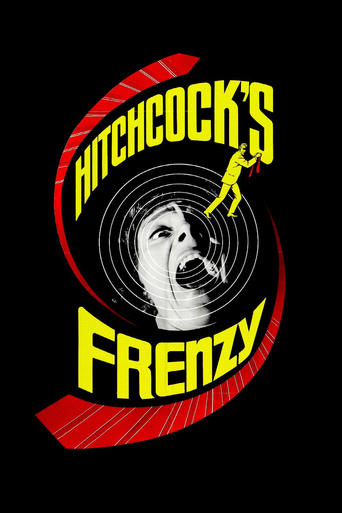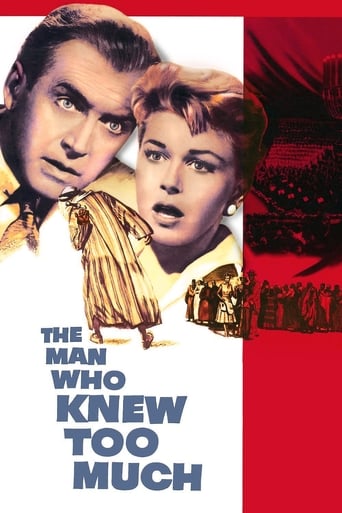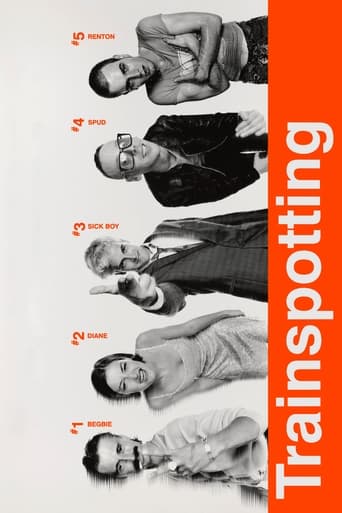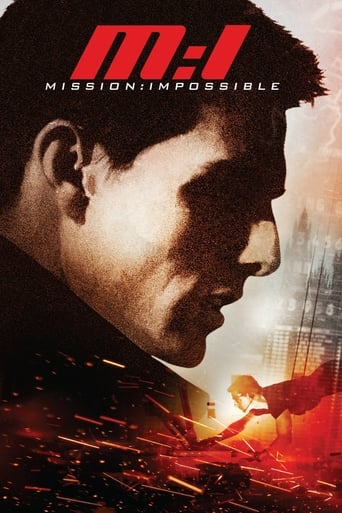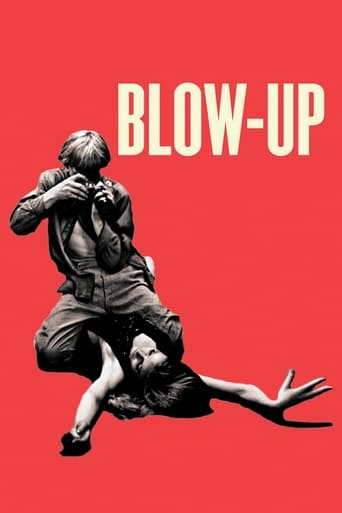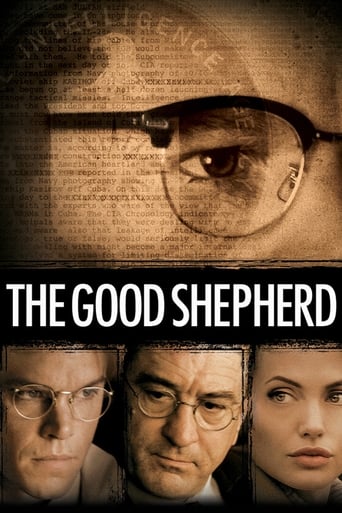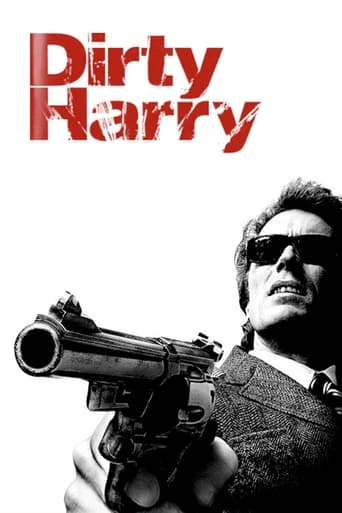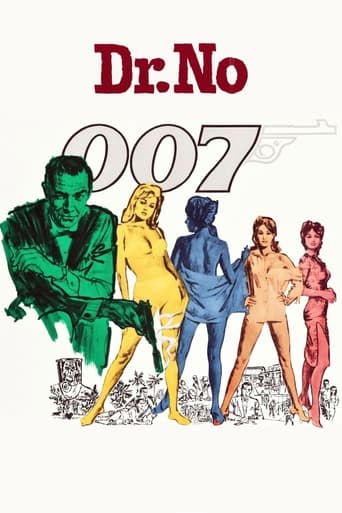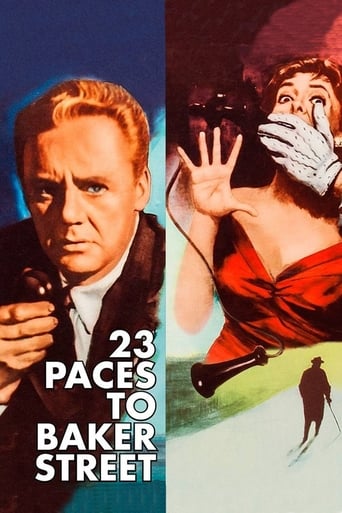
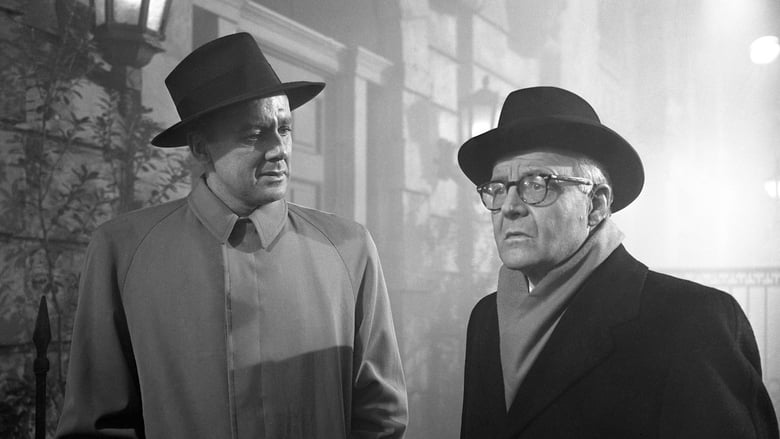
23 Paces to Baker Street (1956)
Philip Hannon, a blind playwright living in London, overhears part of a conversation , that leads him into a desperate race, to find a kidnapped child. When he gets no help from the police, he along with his butler, and his ex fiancée, attempt to track down the crooks.
Watch Trailer
Cast


Similar titles
Reviews
Wonderful character development!
Simply Perfect
It's hard to see any effort in the film. There's no comedy to speak of, no real drama and, worst of all.
The story, direction, characters, and writing/dialogue is akin to taking a tranquilizer shot to the neck, but everything else was so well done.
Henry Hathaway's fair mystery-thriller from the mid-1950's seemingly wants to repeat the success of "Rear Window." However, Hathaway is not Hitchcock, and "23 Paces to Baker Street" hinges on the audience accepting a protagonist who would independently pursue a hunch that was based on nothing more than a partially overheard conversation. The film is set in post-war London against Milton Krasner's often hazy cinematography of foggy streets and the mist-enshrouded Thames. An American playwright, Van Johnson, has lost his sight and become increasingly bitter about life; one day when drinking in a local pub, he overhears a conversation between a man and woman that implies they are plotting a crime. Unfortunately, another patron is playing a pinball machine, so Johnson only hears part of the exchange, although he does catch a whiff of expensive perfume. Viewers must also accept that Johnson has a perfect memory, because he tape records his memory of the overheard conversation word for word and returns to it as he tries to unravel the mystery. When Johnson contacts the police, they are understandably skeptical and downplay its importance. However, Johnson is convinced something sinister is about to happen; he is relentless in his own investigation and enlists the aid of his English manservant and his American ex-girlfriend.Adapted by Nigel Balchin from a novel by Philip MacDonald, "23 Paces to Baker Street" is moderately engaging as the mystery unfolds. However, several situations are flimsily contrived, and Johnson's portrayal of a blind man is unconvincing. More an aging "boy next door" than a serious actor, Johnson is bland in the central role. He fails to explain why his hunches have such import and his motive for involvement in the mystery, other than too much time on his hands. Although the role is thankless, Vera Miles brings some charm to the unmarried-spouse part, who carries a torch for a marriage-shy man; the parallels between the relationship of Miles and the blind Johnson to that of Grace Kelly and the wheel-chair bound James Stewart in "Rear Window" are obvious. "Window's" MacDonald Carey role is ably played here by Cecil Park, who does the fieldwork that Johnson cannot perform because of his disability; however, Park's pursuit of one suspect is laughably clumsy and dependent on coincidence. Estelle Winwood as an amusing pub owner provides the comedy relief that Thelma Ritter brought to the Hitchcock classic.While not a complete waste of time, "23 Paces to Baker Street" is a pale imitation of Hitchcock both made by and featuring lesser talents, although Miles was a Hitchcock protégé. The Master might have made something of this material, because the elements are there. However, as filmed, the movie is slick entertainment for the easily pleased and a must-see only for die-hard fans of Van Johnson.
This is a very good mystery film shot in colour in the mid-fifties in London by Henry Hathaway. There are lots of spectacular shots of the River Thames in the sunset and at night. It is fascinating to see the river as it was then, when so many more smokestacks were standing and none of today's developments had taken place other than the 1953 construction of the Royal Festival Hall. The river was still being used a great deal, but the streets of London are very bare of traffic, and there are still bombed-out buildings standing, in one of which there is a harrowing scene where the star, Van Johnson, nearly falls several storeys into the street from the top floor because the entire front of the building has been missing since the War and, ten years later, the house has still not been demolished. Bomb sites in London were still common sights right the way through the 1960s. In this film, Van Johnson plays a successful American playwright living beside the Thames in London who within recent years has lost his sight. He had been engaged to his former secretary, played by Vera Miles, but upon going blind he had called off the engagement because he decided he had become an object of pity, and a drag upon her. As the action of this film begins, Miles has just travelled from America to try to resurrect her relationship with him, but he keeps rejecting her out of pride and not wishing to become dependent. Johnson has a butler, chauffeur and valet, played by Cecil Parker, who looks after him. Johnson clearly has plenty of money and lives in a very spacious and well-furnished flat. Johnson is learning how to get about with his walking stick and has mastered the journey from his flat to a pub across the street called The Eagle, where the barmaid is played with whimsical cockney charm by the elderly Estelle Winwood. I knew Estelle very well when I was young (when she was, I believe, in her 80s) and she was far from being a cockney! As a genteel person by origin, how she must have enjoyed this, because she had a tremendous spirit of fun and, for someone so thin who looked like a handful of sticks thrown together, remarkable energy! In this film she wears a substantial wig, as her own hair was very thin. We only see Estelle far away from the camera. Henry Hathaway was not a closeup man. I cannot recall a single closeup of any actor in this entire film. Very bad directors sometimes make films in a series of long shots. Hathaway does not do that, because he is far too experienced, and he likes two-shots and mid-shots. We thus do not feel in the film that everything is happening at the wrong end of a telescope. But somehow we never get to see a face up close. This stands out today, in an era of twitching eyebrows and swivelling eyeballs, where the closeup is king. Vera Miles has very little acting to do, as she is merely a cipher in the script. It is her duty to 'stand by her man' despite all the discouragements he can throw at her. Somehow we know that true love will triumph, but I am not permitted to say whether it does or not. The story is a very good one. Sitting one night alone in the Eagle, with his back to the glass panel of the Ladies Bar, against which we can see two silhouettes of heads chatting with each other, Johnson's super-acute hearing picks up an alarming conversation. A dastardly crime of kidnapping a child is being plotted by a Mr. Evans and a woman who appears to be a nanny. Johnson, being blind, cannot see the pair when they leave, but notes that the woman is wearing the expensive perfume 'Plaisir d'Amour', which hardly seems appropriate for a mere nanny. Johnson becomes determined to prevent the crime, the date of which, July 10, he had overheard. He summons the police but they say there is not enough to go on, and will not investigate. Johnson determines to investigate on his own, with the aid of his valet and Vera Miles, who has clearly turned up again at just the right time to make herself useful. The story of how they accomplish the seemingly impossible task of tracking down the criminals is truly impressive, and the film is very engrossing. But there are still many more hurdles ahead of them, and they themselves are now in danger. The motif of the lone blind man being stalked by an assailant whom he cannot see, but from whom he protects himself by turning out all the lights so that they are both left in darkness, is played to the hilt. The film is based on a novel by the British writer Philip MacDonald (1901-1980), which perhaps explains its plot richness. MacDonald is perhaps best known as the screenwriter for Hitchcock's REBECCA (1940), and he wrote many mystery film stories and scripts. The screenplay for this one was written by Nigel Balchin (1908-1970), who also wrote many well-known films and stories for films. Henry Hathaway (1898-1985) was a famous director of 67 films, including the well-known NIAGARA (1953) with Marilyn Monroe and TRUE GRIT (1969) with John Wayne. One of his most fascinating thrillers was THE HOUSE ON 92ND STREET (1945, see my review).
Okay, so in story 23 Paces to Baker Street mayn't be the most original on the block, but it doesn't necessarily need to be to be entertaining. There may be the odd cliché about, however there is much to enjoy namely the suspenseful and Hitchcockian-like story and the telling and suspense of it is very taut too. The film is very well made, with stylish photography and striking production values while I enjoyed the traditional fog used. Henry Hathaway's direction is excellent too, the screenplay is cracking, Van Johnson is very good in an ideal role, Vera Miles is suitably sympathetic and the support cast are faultless. Overall, very entertaining, well made and suspenseful film and worth repeat viewings. 9/10 Bethany Cox
Now I will go to great trouble to avoid entering a spoiler like an earlier commenter. I give this film such a high rating because of the cleverness of toe concept: a blind man overhearing a conversation which indicates a crime is afoot. A tip of toe hat to the commentator who noticed the similarity between this movie and Argento's Cat O' Nine Tails ... a similarity that immediately crossed my mind the first time I saw the Argento flick. Anyway, 23 Paces to Baker Street could easily be an Argento giallo with the clever plot twists, but it lacks the gore most Argento fans want. I enjoyed 23P in 1956 when it was new and I was my voice had not changed. The plot twists and surprises have remained vividly in my memory for 50 years. Oddly I didn't notice a resemblance to Rear Window but I was very young then. I heartily recommend 23P to Baker Street. It's most suspenseful!


